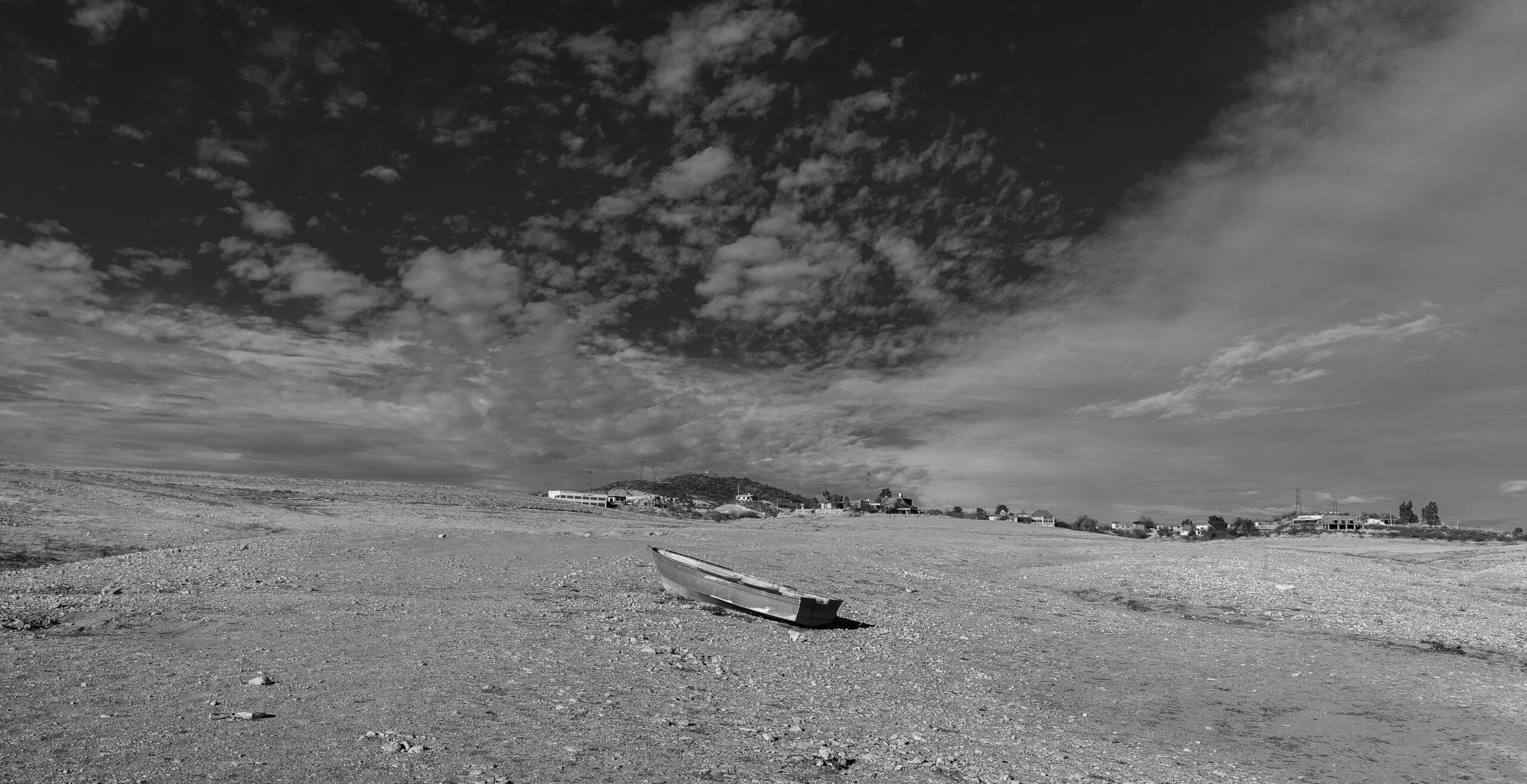ustxtxb_obs_2009_05_29_50_00011-00000_000.pdf
Page 23
the toll road too close to the levee, the road was redesigned, eating up another 4o acres of proposed downtown park space. Initially estimated at roughly $600 million, the toll road’s cost exploded to nearly three times that amount. The road now represents more than 8o percent of the entire budget. Hunt felt duped. Behind the scenes, she began meeting with battle-hardened environmentalists who had attempted to sink the project with two previous lawsuits. In spring 2007, Hunt organized a successful petition to put a referendum against the toll road on the upcoming fall ballot. The voters would decide if they wanted a highway in the Trinity River Corridor. TROUBLED BRIDGES, MUDDY WATERS As the battle over the design of Dallas’ central park and the toll road raged, oft-beleaguered city staff heading the Trinity River Corridor office chipped away at some of the project’s key components, many of which are evident during our float. The first of 14 bridges we pass beneath is the Continental Avenue Viaduct, supported by a row of arching concrete stanchions. Under the Balanced Vision Plan, the historic 1930s bridge will become a pedestrian walkway. Rising from the Trinity’s banks on the downstream side of the viaduct are the 4o-foot concrete pilings of its replacement, the Margaret Hunt Hill Bridge, one of three proposed bridges designed by award-winning Spanish architect Santiago Calatrava. This one would be named after the matriarch of Hunt Petroleum Corp., the bridge’s largest donor. The Margaret Hunt Hill Bridge will connect the Woodall Rodgers Freeway, which cuts across downtown and currently dead ends at the Trinity, with West Dallas. The bridge will be the crowning achievement of fundraising efforts led by Thomas, who founded the Trinity Trust as the project’s private arm. At the Trinity Trust office, a 2o-foot-long model shows the completed bridges. The intertwining cables of the bridge drape from a single steel arch soaring 400 feet above the river. The bridge’s full splendor won’t be realized without logistical challenges. Calatrava estimated the bridge would cost $57 million, but the lowest construction bid came in at $113 million. The Italian company contracted to manufacture the main arch fell io months behind schedule, in part due to an international steel shortage, but primarily because engineers had trouble finding a way to build Calatrava’s design. Regardless, developers have begun snapping up land adjacent to the bridge-to-be. We keep paddling. The river enters Dallas’ Great Trinity Forest meandering naturally, no longer channelized, and the levees tail off. Floodwaters here disperse into the surrounding lowland forest. As recently as 4o years ago, this was cleared farmland. During the 1970s, environmentalists cleverly applied the name Great Trinity Forest to this largest swath of urban hardwood in the nation \(though the majority of the trees here would keep the Corps of Engineers from grading and paving it into an additional floodway. Eventually the land was placed under city ownership. Instead of channelizing the river to speed floodwaters downstream, the corps built a chain of wetlands alongside the Trinity to absorb runoff. Six wetland cells, complete with native flora and fauna, now sit alongside the river, with three more to come by 2010. Last year a bald eagle was spotted wintering at one. BUSINESS AS USUAL 0 n Nov. 6, 2007, the referendum to re-site the toll road outside the floodway failed. A higher than expected 15.3 percent of eligible Dallas voters cast ballots. Fifty-three percent voted to keep the toll road within the levees. The pro-toll road group, steered by one of the city’s top political strategists, Carol Reed, raised more than $750,000 to defeat the anti-toll roaders, who spent just $100,000. Holding the referendum cost Dallas $2 million. After the vote, the Dallas Morning News, which endorsed the toll road, and whose publisher is a member of the pro-business Citizens Council, ran this headline: “Dallas establishment wins again; grass-roots effort undaunted.” One of the paper’s most popular columnists, Steve Blow, wrote, “Let the dirt fly” Despite Blow’s enthusiasm, there was no ribbon cutting. Newly elected Mayor Tom Leppert instead floated a fresh motto for the toll road project”Beat 2014f Angela Hunt says even that is wishful thinking. “It used to be Beat 2013. I’m sure it will be Beat 2015:’ she says. In her view, the road is the primary reason Dallas’ central park doesn’t yet exist. She’s right. Everything dreamed up under the Balanced Vision Plana de-channelized Trinity, the faux-natural lake sheltered by tall, swaying grasses, the whitewater run, the riverside promenade, the downtown overlook and the miles of biking trailsnone of it can proceed until there’s a road within the levees. The tollway authority is moving ahead with a preliminary design plan that aligns the toll road with the levee’s western flank. The next step is a Corps of Engineers “408” review, its final approval of the road. Because of 2009 budget cuts, the funding for 408 reviews is being cuta classic Catch-22. The authority’s timeline calls for completion of the 408 process by the Corps and final approval from the Federal Highway Administration by the middle of 2010, at which point construction may, finally, commence. First, though, the authority must deem the toll road financially feasible. “Before we commit to financing the toll road, we need to know the cost of building it,” says Sherita Coffelt, the authority’s spokesperson. Once the highway administration approves the final designand the authority can determine construction coststhe authority will conduct a traffic and revenue study. The results will determine whether the toll road can generate enough revenue to justify building it. What happens if it’s not financially feasible? “There are too many parties committed to this project for it not to be completed:’ Coffelt says. That’s why Hunt views the toll road as a quagmire its backers can’t walk away from. “There’s been so much political capital expended by people like Tom Leppert, who’s repeatedly claimed MAY 29, 2009 THE TEXAS OBSERVER 11


